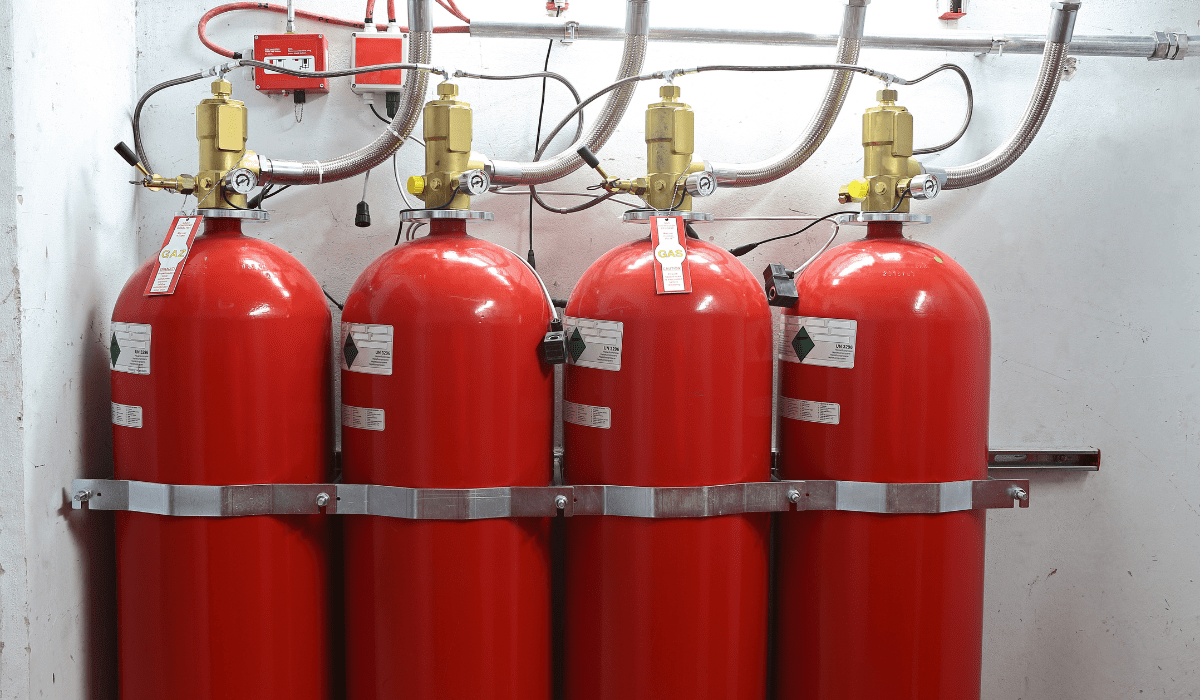Fire suppression system installation requires expert planning and precise execution. Compliance with safety standards is essential for effectiveness.
Fire suppression systems are a critical component of ensuring safety within any facility that is susceptible to fire hazards. These specialized solutions involve setting up an array of equipment designed to detect and extinguish fires quickly and efficiently. The goal is to minimize damage and ensure occupants’ safety in the event of a fire outbreak.
Choosing the right type of suppression system—whether water-based, chemical, or gas—is key to addressing the specific needs of a location. Selection must consider the space size, occupancy type, and the nature of materials present within the premises. Reliable installation services are fundamental, as they entail a comprehensive understanding of the intricacies involved, from the placement of sprinklers and nozzles to the integration of alarm systems. By entrusting this vital work to certified professionals, businesses safeguard their assets and provide peace of mind for all occupants.
Introduction To Fire Suppression Systems
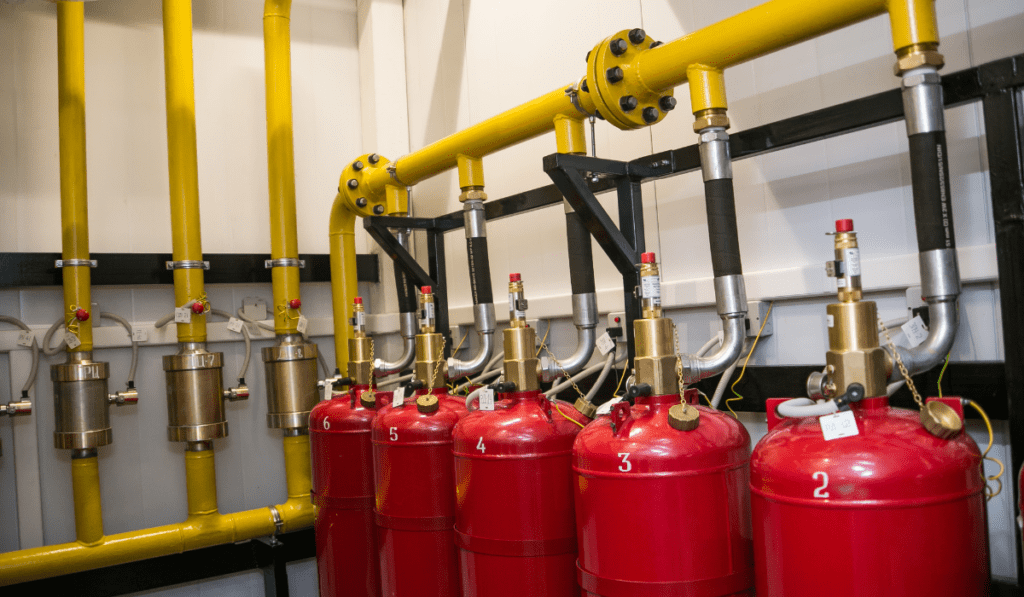
Safeguarding lives and property lie at the heart of fire suppression system installation. Designed to detect and extinguish fires swiftly, these systems play a critical role in preventing catastrophic losses and ensuring safety in residential, commercial, and industrial settings.
The Role Of Fire Suppression
Fire suppression systems serve as a line of defense against the rapid spread of fire. They often activate automatically, targeting fires before they escalate, which helps to minimize damage and provide vital time for evacuation.
Types Of Fire Suppression Systems
- Water-based systems: Sprinklers that discharge water once heat triggers them.
- Chemical systems: Use chemical agents to suppress fire without harming equipment.
- Inert gas systems: Reduce oxygen levels around a fire to extinguish it.
- Foam systems: Smother fires by isolating the fuel from the air.
Assessing Fire Risks
Before installing a fire suppression system, knowing the unique dangers of your space is vital.
Assessing fire risks is the first step to safeguarding your property and people.
This process guides the design and choice of the right system.
Identifying Potential Hazards
Spotting risks is key to fire safety.
Look for common threats like electrical equipment and flammable materials.
Think about less obvious hazards as well.
- Check all areas for old or worn wires.
- Note places where heat builds up.
- Review the storage of chemicals and fuels.
Creating Risk Profiles
Each area has its own dangers.
Make a risk profile to note these differences.
| Area | Hazard Level | Key Risks and Protocols |
|---|---|---|
| Kitchen | High | Open flames, hot equipment, cooking oils. |
| Server Room | Medium | Electrical hazards, overheating. |
| Warehouse | Variable | Stored goods, equipment usage, chemical storage. |
Use these profiles to plan your fire suppression strategy.
Protect each space based on its specific needs.
Key Components Of Fire Suppression Systems
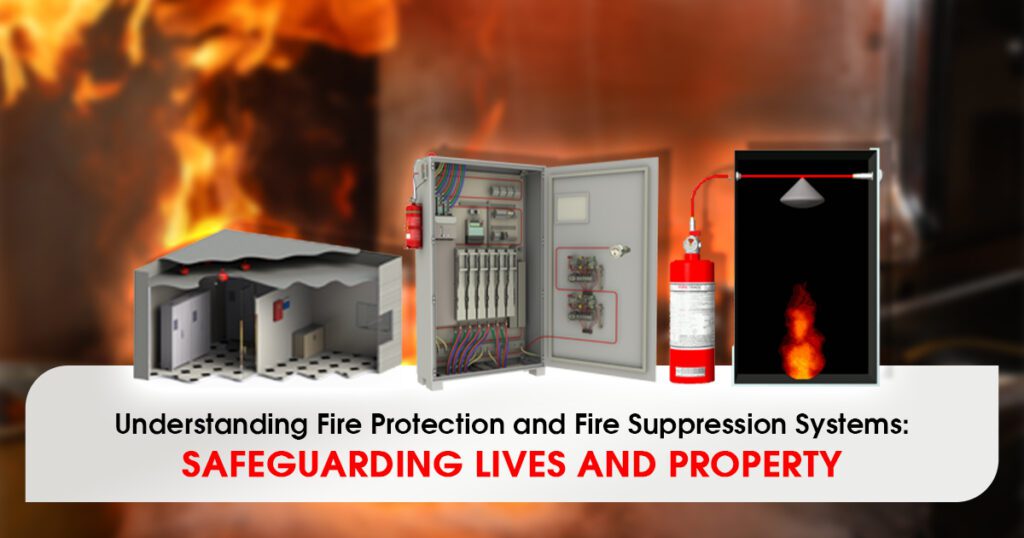
Fire suppression systems are critical in protecting both property and lives. These advanced systems detect and extinguish fires before they spread. Understanding the key components helps ensure preparedness and safety. Each part plays a vital role.
Fire Detectors And Alarm Devices
The first line of defense in a fire suppression system is detection and alarm. Quick identification is crucial.
- Smoke detectors recognize smoke particles.
- Heat detectors sense unusual temperature changes.
- Flame detectors notice visible signs of fire.
Alarms alert occupants with loud sirens and flashing lights. Fast response can save lives.
Suppressants: Chemicals, Gases, And Foams
Suppressants stifle fires and prevent damage. Various types cater to different environments.
| Type | Use Case |
|---|---|
| Chemicals | Electrical spaces, avoid water damage |
| Gases | Areas where electronics are prominent |
| Foams | Fuel or oil fires, spread over surface |
Each suppressant works differently to quash fires without harming equipment or people.
Delivery Mechanisms: Nozzles And Sprinkler Heads
Delivery mechanisms spread suppressants effectively. They are precisely aimed and activated.
- Nozzles direct foam or chemical agents.
- Sprinkler heads disperse water or gases overhead.
They work in sync, covering all areas quickly. Efficient delivery is crucial to success.
Choosing The Right System For Your Needs
Protecting your property against fire is crucial. A Fire Suppression System is your first line of defense. Picking the perfect system can be tricky. Let’s dive into selecting a system that matches your needs.
Customizing Solutions For Specific Assets
Every location is unique with specific fire risks. Customized solutions keep your assets safe. Here’s how to tailor your system:
- Identify the risks: Know the fire types possible in your space.
- Assess coverage: Determine the size and layout of the area needing protection.
- Consider detection: Choose sensors that react quickly to fire.
Take note of your asset types. For example, data centers need clean agent systems. They stop fires without damaging equipment. Kitchens often use chemical suppression to tackle grease fires. Space and contents guide your choice for a suppression system.
Evaluating Vendor Options
Choosing the right vendor is as important as the system itself. To ensure you make the best choice:
- Look for experience: Seek vendors with a proven track record.
- Check certifications: They should meet industry standards.
- Read reviews: Client testimonials shed light on their reliability.
Create a vendor comparison table:
| Vendor | Experience | Certifications | Reviews |
|---|---|---|---|
| Company A | 10 Years | ISO 9001 | 4.5 stars |
| Company B | 5 Years | NFPA | 4.0 stars |
Ask for a demo to see the systems in action. Ensure the vendor provides ongoing support and maintenance for their systems. The right vendor will help you install a system that keeps your property safe.
The Installation Process
The Installation Process of a fire suppression system is a critical step in ensuring safety in any building. Careful attention to details and regulations is paramount. The installation includes meticulous planning, design, compliance with legal standards, and hands-on application.
Planning And Design Considerations
Before installing a fire suppression system, several and detailed planning activities take place.
- Assessment: Professionals assess the site to understand the specific needs.
- Blueprints: Detailed drawings outline the system’s components and layout.
- Materials Selection: Quality materials suited to the environment are chosen to ensure durability and effectiveness.
- Customization: Systems are tailored to the specifics of your building for maximum protection.
Navigating Legal Compliance And Standards
Legal compliance is non-negotiable in fire suppression system installation.
| Compliance Component | Description |
|---|---|
| Local Codes: | Systems must meet specific building codes and regulations. |
| National Standards: | Installation follows guidelines such as NFPA (National Fire Protection Association). |
| Permits: | Acquiring the necessary permits before proceeding is essential. |
Adhering to these standards ensures the system’s legality and effectiveness in case of a fire.
System Testing And Commissioning
Ensuring a fire suppression system functions perfectly is crucial for safety. System testing and commissioning are the final steps. These steps confirm the system works as it should. This phase includes various checks and trainings. Experts perform these tasks with great care.
Quality Assurance Protocols
Quality assurance ensures that each component of the fire suppression system meets specific standards. Detailed tests check for leaks, faulty parts, and correct installation. Technicians use a checklist for these tests. They verify the system as a whole, too. This process minimizes the chance of system failure.
- Visual Inspection: Checks the physical condition and proper installation.
- Functional Testing: Ensures each part works as intended.
- Operational Testing: Confirms the system operates correctly during a fire.
Training For Emergency Response
Expert training for staff is essential for safety. Trained staff can respond quickly in an emergency. They need to know how to operate the fire suppression system. They also learn to recognize signs of malfunction. Hands-on training sessions are part of this step.
- Understand system mechanics and operation.
- Identify and react to fire alarms.
- Perform emergency system shutdown.
| Training Session | Objective | Duration |
|---|---|---|
| System Operation | Equip with operational knowledge. | 2 hours |
| Emergency Drills | Practice quick and safe response. | 1 hour |
| Maintenance Checks | Teach routine inspection techniques. | 1.5 hours |
Maintenance Strategies For Longevity
Installing a fire suppression system is just the first step. Keeping it ready for any emergency requires a solid plan. Think of it as caring for a superhero; you want it primed for action. Let’s dig into how to ensure your system stands the test of time.
Routine Inspections And Checks
Regular check-ups keep a fire suppression system effective. Set dates for routine checks. Here’s what you should do:
- Examine nozzles for obstruction or damage.
- Verify gauges for accurate pressure readings.
- Check chemical agents for proper levels.
- Inspect system hoses for wear and tear.
Professionals can do detailed testing every six months. This ensures everything works fine when needed.
Record-keeping And Documentation
Good records make maintenance smoother. Here’s what to track:
| Date | Activity | Technician | Notes |
|---|---|---|---|
| 01/01/2023 | Inspection | John Doe | No issues found. |
| 02/01/2023 | Pressure Check | Jane Smith | Adjusted pressure valve. |
Keep those records safe. They help with future maintenance. They also prove system reliability. Always note each service and inspection detail.
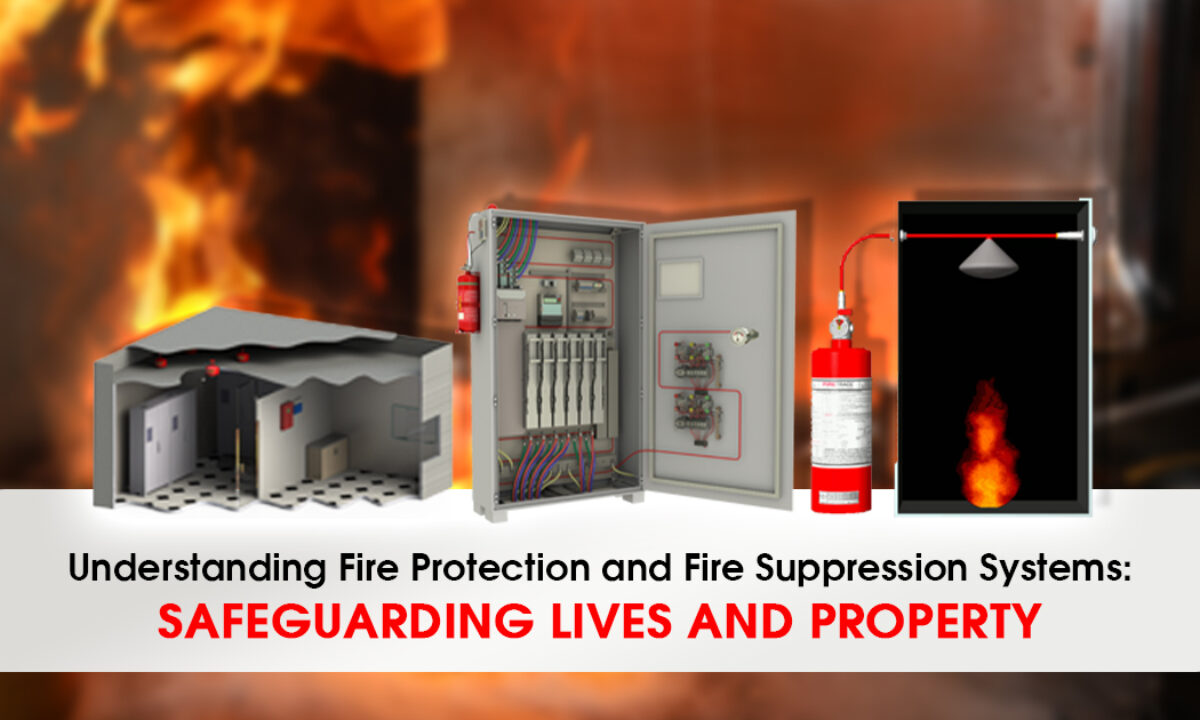
Credit: kanexfire.com
Advanced Technologies In Fire Suppression
Fire suppression systems are becoming smarter and more effective. Modern advancements are set to revolutionize safety. They detect fires quickly and act immediately to protect lives and property.
Smart Systems: Integration And Automation
The latest fire suppression systems boast incredible smarts. They integrate with building management systems. This allows for automatic responses to fire incidents. Quick action saves precious minutes and can mean the difference between a minor incident and a major disaster.
- Sensors detect heat, smoke, and chemical changes.
- Alarms activate to alert occupants and emergency services.
- Suppression tools, like sprinklers, deploy automatically.
- Critical information is shared with first responders quickly.
Innovations On The Horizon
In the fire suppression field, new technologies are continually emerging. These innovations aim to increase effectiveness and efficiency. Look at the cutting-edge technologies:
- Water mist systems use less water but are highly effective.
- Eco-friendly chemical agents that are safe for people and the environment.
- Sound wave fire extinguishing technology.
- Machine learning systems predict and prevent potential fires.
These advancements are shaping a future where fire suppression is more reliable, responsive, and resourceful than ever.
Case Studies: Successful Implementations
Exploring fire suppression system installations offers insight into innovative safety solutions across various industries.
Examples From Industrial Settings
Industrial facilities often face unique fire hazards. Case studies spotlight successful installations with significant outcomes.
| Company | Type of Industry | System Installed | Results |
|---|---|---|---|
| XYZ Manufacturing | Automotive | Water Mist System | Reduced fire incidents by 70% |
| ABC Chemicals | Petrochemical | CO2 Suppression System | Zero equipment loss in 2 years |
Lessons Learned And Best Practices
- Early detection is crucial for effective suppression.
- A match between system type and facility needs is key.
- Regular system maintenance ensures operational readiness.
- Employee training on system use strengthens safety.
These learnings drive future fire suppression strategies towards excellence.
Future Perspectives
Exploring the future perspectives of fire suppression system installation opens up a window into the advancements shaping a safer tomorrow. Cutting-edge technology and smart safety solutions dominate the evolving landscape of fire safety. These innovations promise enhanced protection for both lives and property.
Emerging Trends In Fire Safety
Remarkable strides in technology mark the blueprint for modern fire suppression. Let’s delve into these trends:
- Smart Detectors: Sensors that predict fire outbreaks before they occur.
- Eco-friendly Agents: Less harmful chemicals that safeguard the environment.
- Automated Responses: Systems react faster than human reflexes during emergencies.
Each trend signifies a leap towards proactive and sustainable fire management.
Investing In Next-generation Systems
Embracing new-generation solutions entails a vision for the future. Here’s what makes them worth the investment:
| Feature | Benefit |
|---|---|
| Intuitive Controls | User-friendly interfaces for effortless operation |
| Integrated Platforms | Seamless coordination among safety devices |
| Data Analytics | Insightful predictions to preempt fire incidents |
Investment now primes businesses and homes for ultimate safety against fire hazards.
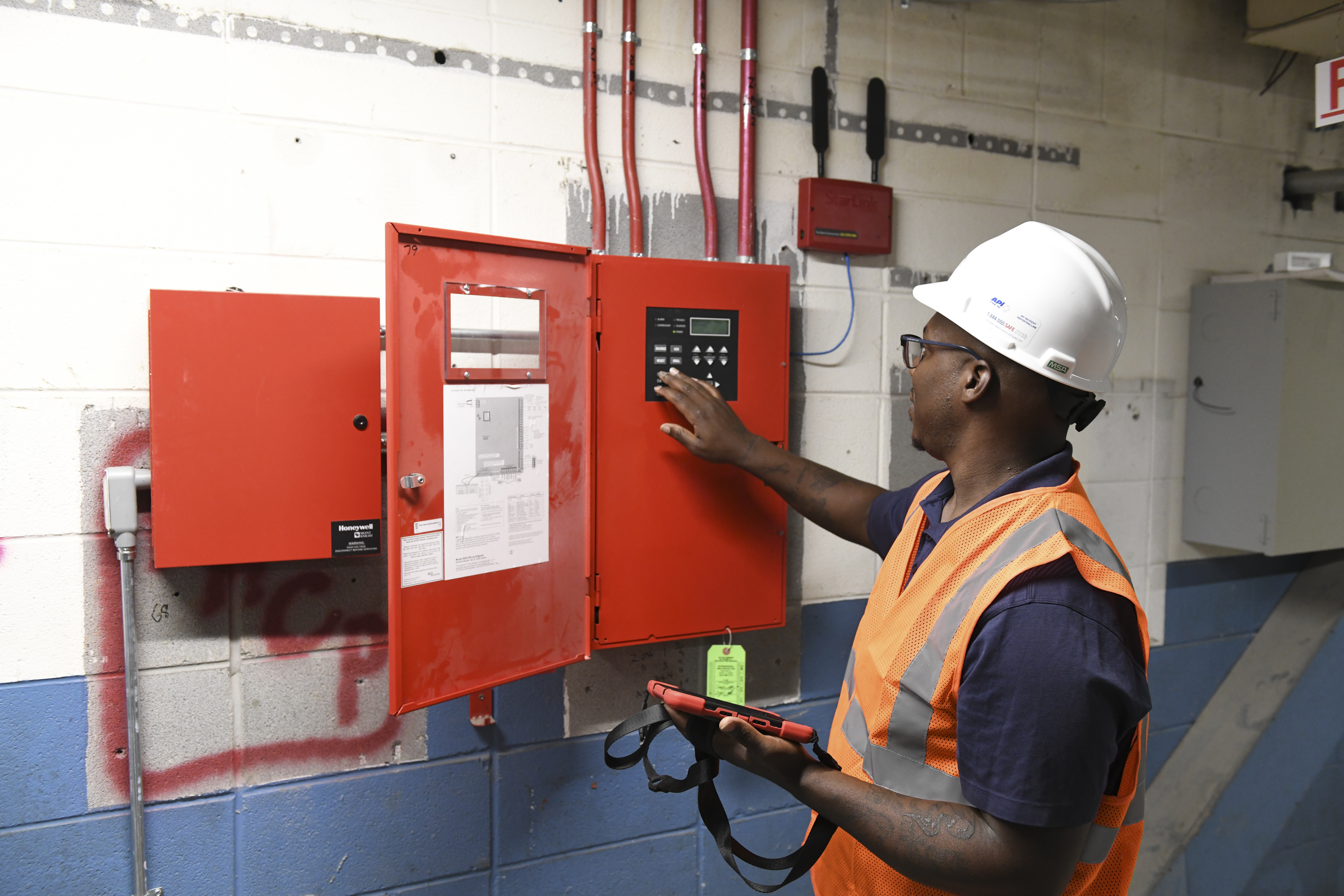
Credit: www.candoifp.com
Frequently Asked Questions For Fire Suppression System Installation
What Are Fire Suppression Systems?
Fire suppression systems are engineered to detect and extinguish fires, often using water, chemicals, or inert gases to prevent the spread of fire and minimize damage.
How Do Fire Suppression Systems Work?
These systems work by detecting heat, smoke, or flames and automatically activating to release extinguishing agents, such as water, foam, or gas, to suppress the fire.
What Types Include Fire Suppression Systems?
Fire suppression systems include water-based sprinklers, chemical agents, gaseous suppressants, foam systems, and aerosol systems, each designed for specific applications and risks.
Is Professional Installation Necessary For Fire Suppression?
Yes, professional installation is crucial to ensure that fire suppression systems are appropriately designed, installed, and functioning correctly according to safety standards and regulations.
How Often Should Systems Be Inspected?
Fire suppression systems should be inspected at least annually by a certified professional to ensure they are in proper working order and compliant with current fire safety codes.
Can Fire Suppression Systems Be Retrofitted?
Many existing buildings can be retrofitted with modern fire suppression systems to enhance safety, though project complexity and costs vary depending on the building’s structure and age.
Conclusion
Safeguarding your property from the ravages of fire is paramount. A robust fire suppression system is your first line of defense against potential disaster. Ensure professional installation and regular maintenance for peace of mind. Remember, investing in the right system saves more than costs – it protects lives and assets.
Act now to fortify your safety measures.

I’m Abdus Sobur, a highly skilled and professional Fire Safety Officer with a passion for safeguarding lives and property. Over the course of my career, I’ve conducted numerous successful fire safety audits, earning a reputation for excellence in ensuring public safety.
In addition to my role as a Fire Safety Officer, I’m also dedicated to raising awareness about the importance of fire safety. Through my blog, I share insights into the functions of different fire safety equipment, aiming to empower individuals with the knowledge they need to protect themselves and their communities.
I’m driven by a deep commitment to promoting fire safety awareness and preventing fire-related incidents.

